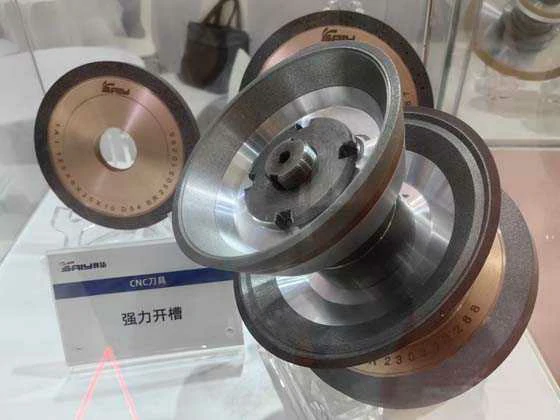Choosing the real right grinding wheel

Choosing the real right grinding wheel
Introduction
Grinding wheels are essential tools used in various industries for cutting, shaping, and finishing materials. They come in different shapes, sizes, and compositions, each designed for specific applications. Choosing the right grinding wheel is crucial to ensure optimal performance, efficiency, and safety. In this article, we will explore the factors to consider when selecting a grinding wheel.
1. Material Compatibility
The first factor to consider when choosing a grinding wheel is the compatibility with the material you are working with. Different grinding wheels are specifically designed to work with certain materials such as metal, concrete, or wood. Using an incorrect wheel can lead to poor results and potential hazards. It is important to check the manufacturer’s recommendations or consult with experts to determine the appropriate wheel for your material.
2. Wheel Type and Shape
Grinding wheels come in various types and shapes to accommodate different grinding tasks. The most common types include straight wheels, cylinder wheels, and cup wheels. Straight wheels are ideal for surface grinding, while cylinder wheels are used for grinding cylindrical surfaces. Cup wheels, on the other hand, are suitable for grinding large flat areas. Understanding the type and shape of grinding wheel required for your application is essential to achieve the desired results.
3. Grinding Wheel Specifications
Grinding wheels have specific specifications that determine their abrasive properties and performance. These specifications include grit size, hardness, bond, and structure. Grit size refers to the size of the abrasive particles in the wheel. A lower grit size indicates a coarser wheel suitable for rough grinding, while a higher grit size is preferred for fine finishing. Hardness refers to the wheel’s ability to resist wear and retain its shape during operation. The bond refers to the material that holds the abrasive particles together, while the structure determines the spacing between these particles. Understanding and selecting the appropriate specifications for your grinding wheel will ensure efficient and effective grinding.
4. Safety Considerations
Safety should always be a top priority when selecting a grinding wheel. It is important to choose a wheel that complies with relevant safety standards and regulations. Look for wheels that are labeled with the appropriate safety symbols, such as the ANSI (American National Standards Institute) designation. Additionally, consider factors such as wheel speed compatibility with your grinder, proper wheel mounting techniques, and the use of appropriate personal protective equipment (PPE) such as goggles and gloves. By prioritizing safety, you can prevent accidents and injuries in the workplace.
Conclusion
Choosing the right grinding wheel is essential for achieving optimal grinding results while ensuring safety in the workplace. Consider factors such as material compatibility, wheel type and shape, specifications, and safety considerations before making your selection. By taking these factors into account, you can maximize efficiency, productivity, and safety in your grinding operations.
.webp)



